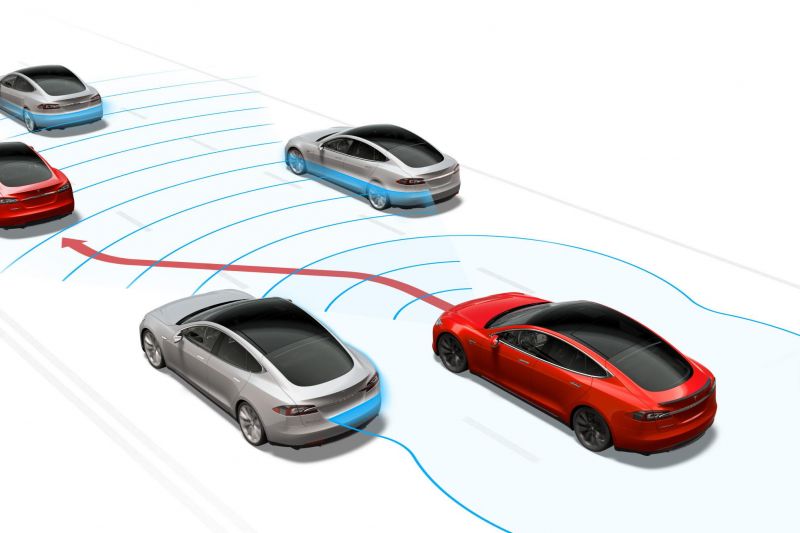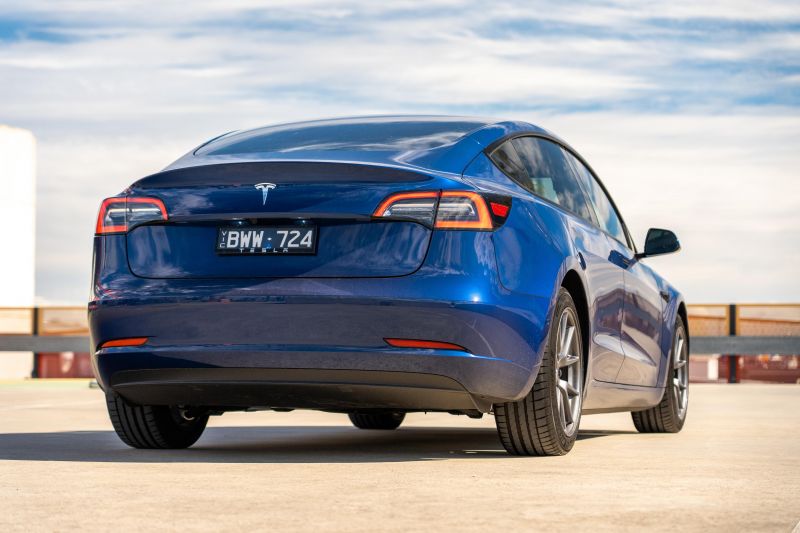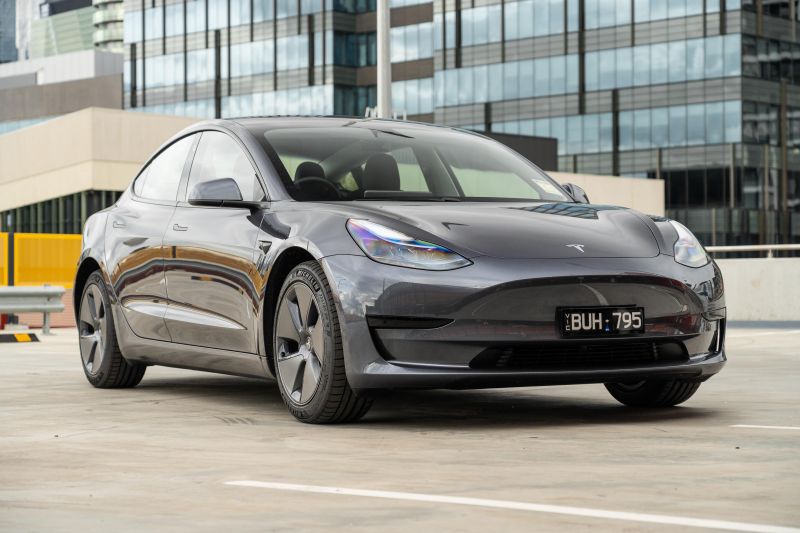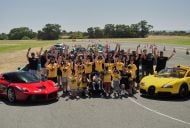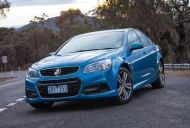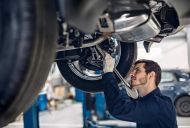The driver of a Tesla who struck a Melbourne nurse two years ago has been sentenced to nine months in jail, having admitted fault for the incident she initially blamed on the car’s ‘Autopilot’ system.
On the morning of March 22, 2022, Nicole Lagos was struck by a Tesla Model 3 driven by Sakshi Agrawal after stepping on the road to board a tram on Wattletree Road in Armadale.
Police alleged Ms Agrawal accelerated to almost 80km/h in order to flee the scene, only returning two hours later after being convinced to turn herself in by her partner.
ABC News reports Ms Lagos was left fighting for her life after the crash, and has subsequently been diagnosed with permanent brain injuries as a result of the impact.
For the past two years, Ms Agrawal has steadfastly claimed her Tesla’s ‘Autopilot’ semi-autonomous driving system was at fault for the crash, even doubling down by saying Ms Lagos had jumped in front of her car.
However, the 25-year-old filed a guilty plea last month, admitting she was in full control the whole time and Autopilot wasn’t engaged.
An investigation of the crash found the car’s Autopilot system wasn’t engaged up to 30 seconds prior to the impact, and its sensors detected a pedestrian and sounded the relevant alarms before Ms Lagos was struck.
County Court of Victoria Judge Peter Rozen sentenced Ms Agrawal to nine months behind bars late last week, with charges of dangerous driving causing serious injury and failing to stop after a motor vehicle accident.
While Judge Rozen said Ms Agrawal was not at risk of reoffending, he warned other young drivers about how poor decisions can have direct consequences.
“A message must be sent by the courts, particularly for young drivers,” Judge Rozen said in delivering his sentence, as reported by ABC News.
“The tragic reality is this court sees far too many cases just like this one.”
With Ms Agrawal’s admission of guilt, Australia has not yet heard any cases relating to crashes caused by Autopilot.
Multiple high-profile lawsuits in the US have centred around the use of Autopilot in fatal crashes.
In July 2023, a court found the driver of a Tesla Model S sedan which ran a red light and killed two people in a crash was at fault for the incident, not the Autopilot system which was engaged at the time.
This was followed in November by Tesla also being cleared of fault for a fatal crash which saw a Model 3 driver killed after the electric sedan veered off the road and into a tree at 105km/h – also with Autopilot engaged.
Last month, Tesla reached an undisclosed settlement with the family of an Apple engineer who was killed when his Model X SUV hit a barrier while its Autopilot semi-autonomous driving system was allegedly in operation.
A National Transport and Safety Board (NTSB) investigation had found the Tesla’s driver made no efforts to change the car’s trajectory in the moments before the crash, as he was playing a video game on his smartphone prior to the fatal impact.



